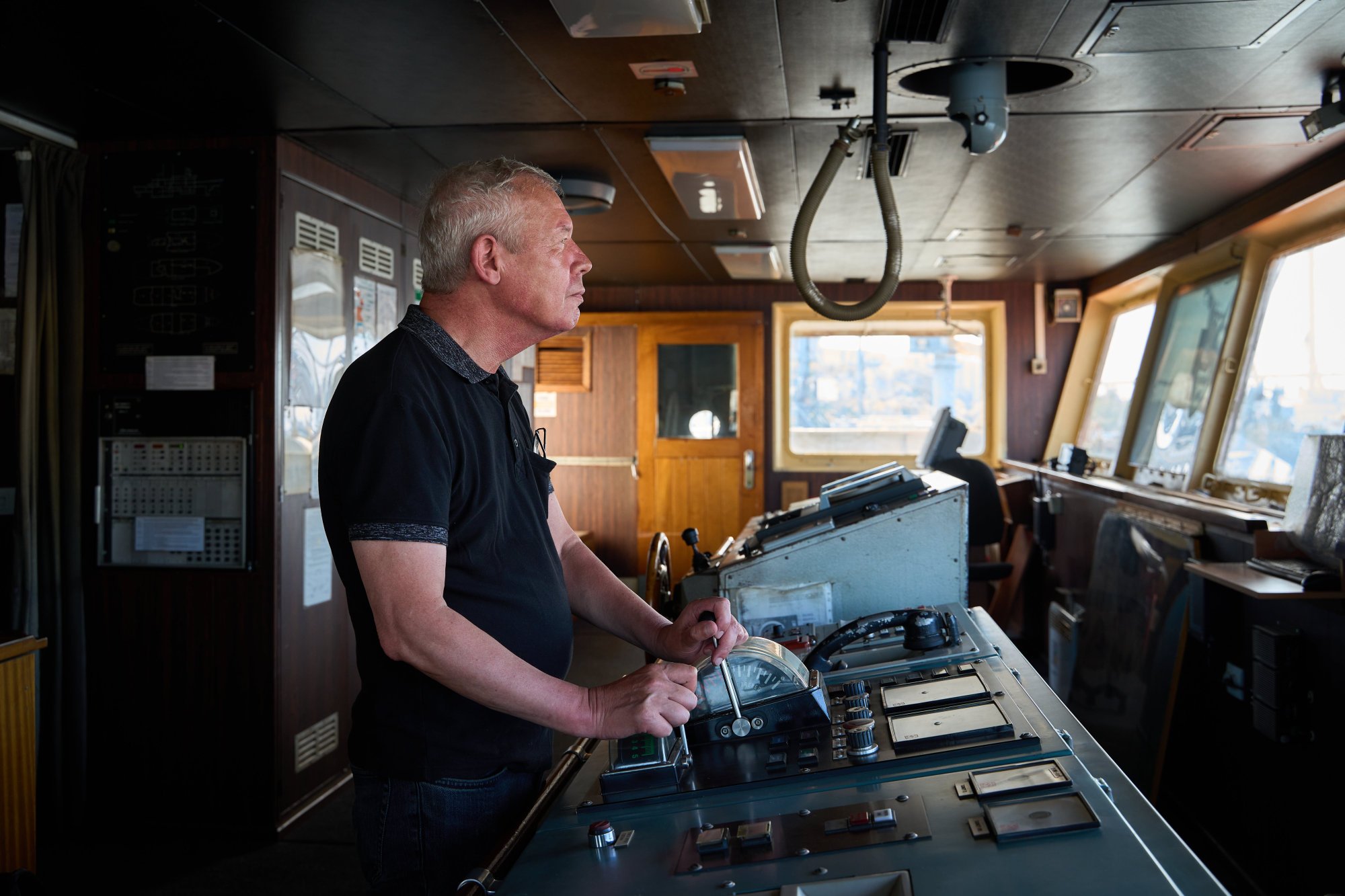For the first time in five years, China and Russia have set sail on a joint oceanographic expedition, a research mission to learn more about the evolution of oceans and the forces behind global climate change.
A total of 25 members from the two countries are on board the research ship Akademik M.A. Lavrentyev, which left the port of Vladivostok on Tuesday, according to China’s First Institute of Oceanography (FIO) under the Ministry of Natural Resources.
The ninth such expedition for the two countries – and the first since the pandemic – is focused on the effects of a changing climate on deep-sea environments, according to Chinese authorities.
The expedition, jointly launched by FIO and the Pacific Oceanological Institute (POI) at the Far East Branch of the Russian Academy of Sciences, is expected to last 45 days, during which researchers will conduct environmental surveys in the Bering Sea and the northwestern Pacific Ocean.
They will explore the response systems and feedback effects in the region over the last 126,000 years, a period known as the Late Quaternary.
The FIO said on its website that the scientists would investigate source-to-sink sediment processes, which are the cycles of deposit movement from land into water.

“The resumption of China-Russia joint oceanographic surveys shows [a] shared commitment to addressing global climate change and exploring cutting-edge marine science, and marks a new chapter in bilateral marine research cooperation,” said Wang Jun, acting head of the Chinese consulate general in Vladivostok, according to a report by state news agency Xinhua.
Denis Makarov, director of the POI, said the research would help to reconstruct the evolution of oceans and climate to better predict the impact of current and future climate change on regional marine ecosystems, fisheries, transport and other related fields.
A total of 110 Chinese scientists have taken part in the joint expeditions since they were first launched in 2010, according to the ministry. The research areas have expanded beyond the Sea of Japan – also known as the East Sea – the Sea of Okhotsk and the Bering Sea and now include several Arctic areas, including the Chukchi, East Siberian, Laptev and Kara seas.
Aside from maritime expeditions, the two countries have also collaborated on projects such as the first China-Russia Marine Science Symposium, held in Qingdao, in eastern China’s Shandong province in 2009. The event attracted more than 120 scientists from 25 Russian and Chinese research institutions.
In 2017, the FIO and POI set up a joint research centre on oceanology and climate, the ministry said.
Last year, the two nations agreed to set up a subcommittee to cooperate on the Northern Sea Route – which spans 5,600km (3,500 miles) from the Barents Sea near Scandinavia to the Bering Strait near Alaska – amid growing geopolitical tensions between both countries and the West.
The effort is aimed at promoting the role of Arctic passages in international sailing, improving icebreaker capacities, and encouraging Sino-Russian shipping cooperation in the region. The collaboration on the Northern Sea Route is also focused on sailing development, shipping security, and vessel technology and construction for the Arctic.
In addition to the Northern Sea Route along Russia’s northern coastline, Beijing has been considering the viability of two other Arctic passages: the Northwest Passage running mostly through Canadian waters and a potential transpolar route crossing the North Pole.
Beijing put forward its plan for a “Polar Silk Road” – as a complement to its massive infrastructure scheme, the Belt and Road Initiative – in a 2018 white paper that envisioned greater access to the Arctic’s rich natural resources and a bigger role in its governance.
Besides scientific research and commercial shipping, maritime defence has also been a priority. In October, the Chinese coastguard joined its Russian counterpart on a patrol for the first time, sailing from the North Pacific to the Arctic Ocean.
In March, China held a joint naval exercise with Russia and Iran in the Indian Ocean, which included simulated attacks on maritime targets, joint search and rescue drills, and spot checks and arrests. — SOUTH CHINA MORNING POST